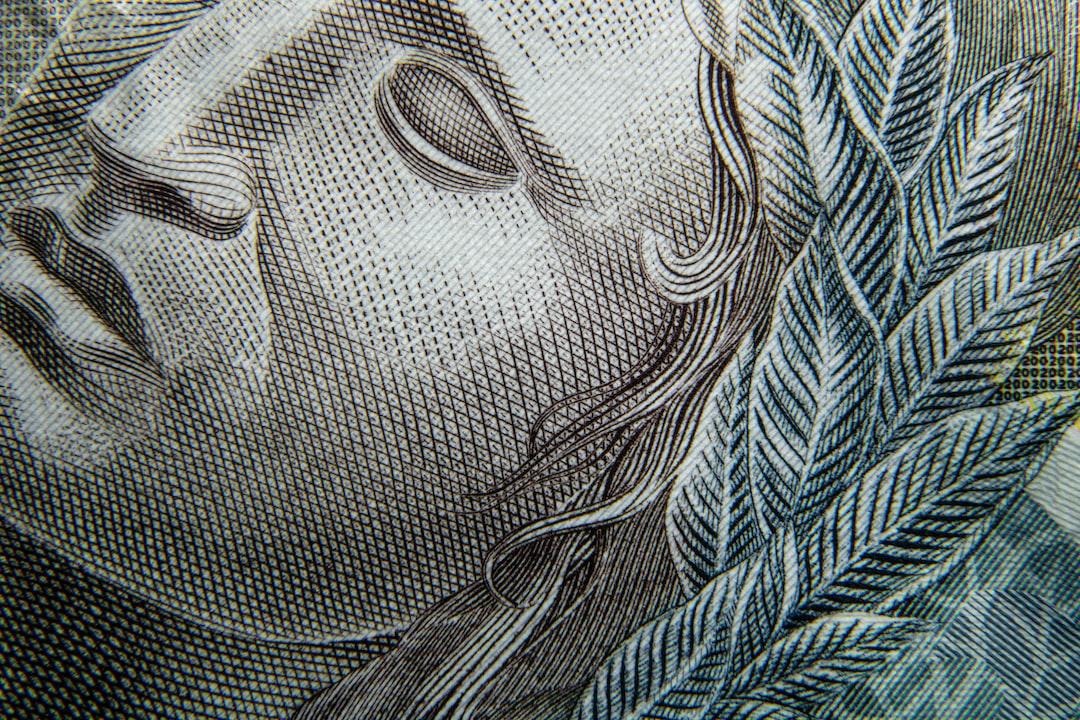Blockchain analysis firm Chainalysis has developed a solution that will enable Tether to monitor the secondary market for its stablecoin. This new capability will provide Tether with valuable market insights and the ability to identify wallets that may be associated with illicit or sanctioned addresses.
Tether has outlined four tools that will be included in the solution. The Sanctions Monitoring tool will offer a list of addresses and transactions involving sanctioned entities, while the Illicit Transfer Detector will identify transactions potentially linked to activities like terrorism financing. The Categorization tool will classify Tether (USDT) holders by type, such as exchange or darknet market participants. Lastly, the Largest Wallet Analysis will focus on significant USDT holders and their activities.
Tether CEO Paolo Ardoino emphasized the company’s collaboration with authorities in 43 jurisdictions to combat illicit activities. However, Tether has faced criticism for the alleged involvement of its stablecoin in criminal activities and terrorism financing.
Even United States Senator Cynthia Lummis expressed concern about Tether, calling for an investigation into its role, along with Binance, in the Hamas attacks on Israel. Lummis accused Tether of knowingly facilitating violations of sanctions laws.
A report from the United Nations Office on Drugs and Crime highlighted the role of cryptocurrencies, particularly USDT, in financing crime in East and Southeast Asia. Tether responded by asserting that the report disregards the traceability of USDT.
In addition to these concerns, Tether has faced criticism for its lack of financial transparency. With a market cap of $109.8 billion, USDT significantly surpasses its closest competitor, USD Coin (USDC), which has a market cap of $33.9 billion.
The collapse of Mt. Gox, a major Bitcoin exchange, played a significant role in the birth of Chainalysis and its work as blockchain detectives.

